
May in my neck of the woods is the time of garden tours. Though I no longer design gardens, I’m always interested in seeing what people are doing. Especially, given my advocacy for them. with native plants, of which there is an abundance in California.
There’s also a lot of municipal support for planting natives to cope with an increasingly drought- and fire-prone part of the world. And support from wildlife organizations knitting together habitats for birds, insects, small mammals, and invertebrates. Gardening for life means creating space and sustenance for the beings our houses have displaced.

In the fiery west, there are different design factors than in the wetter east. California’s fire-defensible guidelines, for example, would prefer homeowners to have no plants at all within five feet of the house. Elsewhere, plants are clustered — beneficial for wildlife habitat — into areas divided by non-combustible paths of stone or gravel.
The guidelines specify the use of native California plants. There are many reasons to plant natives. Here, that they evolved with and are adapted to fire is an important one. Highly combustible non-natives in a garden can pull the fire close to the house.
In this part of the world, gardening for life goes hand in hand with gardening for drought resistance. Both mean limitiing the size of lawns. It’s so important to the Marin County water district to encourage eliminating water-thirsty lawns that, at one time, they would do this for you. Now they offer a per-square-foot rebate for people who do it on their own.

A common practice is to layer paper, cardboard, nutrients, and mulch over a lawn to kill the grass by depriving it of light. The moist darkness encourages underground dwellers like worms, beetles, and fungi to do their work so that the soil becomes rich and crumbly.
It takes months for this process. That needs patient dedication. Devoted gardeners are inured to this kind of waiting. But most people want something that looks nice as quickly as possible and don’t want to fuss with it afterward.
I both understand this desire and wish, as a culture, that we would move beyond it. What we do with our land, however small an area, matters not just to us, but to the life of our planet. Our properties affect air, water, and wildlife above and below ground every minute of the day. We are, indeed, gardening for life.
Landscaping isn’t a static visual element, but an active participant in the world we create. It can foster healthy soil and air or drench them with chemicals. Filter water as it soaks into the ground or send it laden with toxic compounds to underground aquifers or nearby streams and lakes. Deep-rooted plants can sequester carbon dioxide in the soil. The shallow roots of lawn grass and annuals play only a small part in that vital work.

Most importantly, our landscapes can support wildlife or contribute to its demise. Monarch butterflies have gone from a population of hundreds of millions to a few thousand in less than 30 years. The number of songbirds in North America has diminished by three billion since 1970. Bumblebees have declined by 90% and have disappeared from eight states.
The Center for Biological Diversity has applied for endangered species status for a bee that, though not native, has thrived here for centuries. The Center estimates that 1 in 6 native bee species throughout the world is regionally extinct. 23% of our U.S. native bees are in decline. Fourteen species of fireflies are flickering out.
There are lots more of these staggering numbers, often for far less charismatic but crucial beings, like flies and beetles. I do not for a moment mean to neglect them. But it may be hard to convince people to garden for insects. I think the persuasive way into gardening for life is through the beloveds — birds and butterflies. Birds will bring gardening for insects in under their wings. Without insects to feed baby birds, there will be no birds.
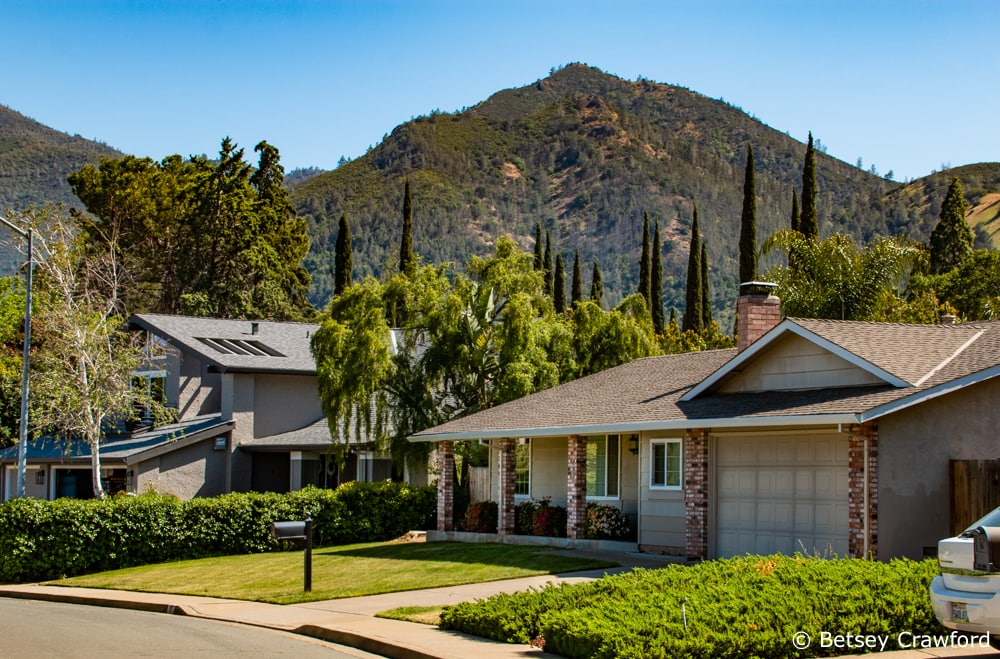
We tell ourselves a story about landscape, one that is well illustrated in the front yard above. An approach typical of both front and back yards all over the country. The garden below tells us a new story. We are far from that dream. The lawn is so sacrosanct that it’s illegal to do anything else in some places.
There are a variety of reasons for Americans’ addiction to lawns, a couple of them reasonable ones. It provides spaciousness and an area where children (and adults) can play. Mowed grass makes pleasant paths through garden clusters. Some people feel it speaks to a sense of community in a neighborhood.

But in my experience, the choice of lawn is often because people don’t think in terms of alternatives. Or if they contemplate other possibilities, they fear they will be messy, too wild, take too much time.
Lawn care is a 100 billion-dollar-a-year industry, so it’s clear that caring for all that largely lifeless space is expensive and time-consuming. The chemicals involved are devastating to all wildlife, including us.
The collective square mileage of lawns in the United States adds up to the state of Texas. Keeping that much two-inch-high grass watered can require up to 200 gallons of fresh, drinkable water per person, every single day.
In the West, certainly, that has to change. California has a growing movement away from lawns to low-water, native landscapes. Thirty years ago, I read an article in an upscale design magazine about a garden in California. The writer interviewed the designer, who sneered at the idea of using native plants. He would be glad, he said, to see that nascent trend peter out.
He celebrated the water-guzzling lawn that he had installed. It made me so mad that the magazine would foster such an attitude that I’ve never forgotten it. Today, there is a social media hashtag called #droughtshame, calling out water wasters.
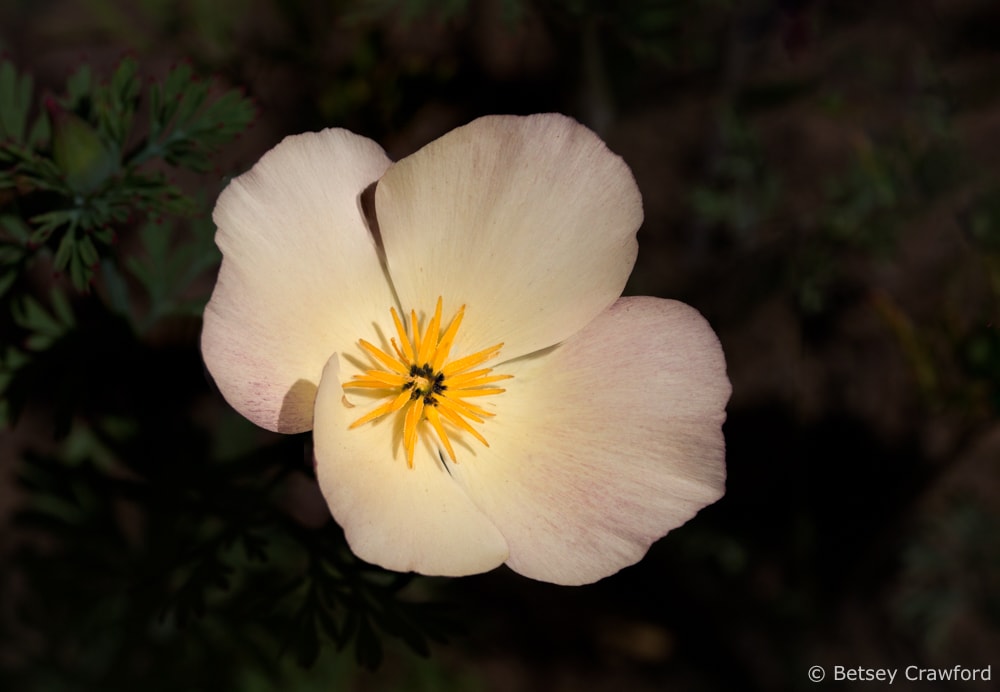
I’m not advocating social media shaming, just noting that things change. Our task is to figure out how to spur the change. How to tell a different story. One of interdependence. One that acknowledges the need to provide for the creatures we have displaced. That celebrates the plants those creatures have evolved with and now need in as much abundance as we can manage.
A story for us as well. No one wants a world without butterflies and birds and bees. No one wants a toxic world, or one with scarce clean water, or a drought-ravaged food supply. And yet, that’s the world we continue to design.
Not willfully, but blindly. In a time where there is endless competition among issues to be concerned about, plants are low on the list. I’ve written about the phenomenon of plant blindness. One definition is “the inability to recognize the importance of plants in the biosphere and in human affairs.” This is despite the fact that we owe them our lives. Without plants, we couldn’t eat or breathe. We wouldn’t even have evolved. They keep the planet habitable. How do we not treasure them?

There’s a lot of work to do to bring plants and people together to garden as if life depends on it. But there is a potential army out there. There are an estimated 65 million gardeners in the U.S. Many are growing food, and most are not specializing in native plants.
But they are plant people, and my guess is that they care deeply about birds and butterflies and lots of other species. They understand the dangers of invasive non-natives.
When I started designing with native plants, the staff at one nursery dubbed me “the weed lady.” I was asking for plants that most other landscapers were taking out. There were just a few of us weed people. But by the time I retired 25 years later, local nurseries were competing to have the largest stock of native plants.
Advocacy works. Nurseries respond to demand. Municipalities wrestling with water issues want to know the best plants to use. Children love learning about creatures and plants. Parents and teachers would love to know enough to teach them.
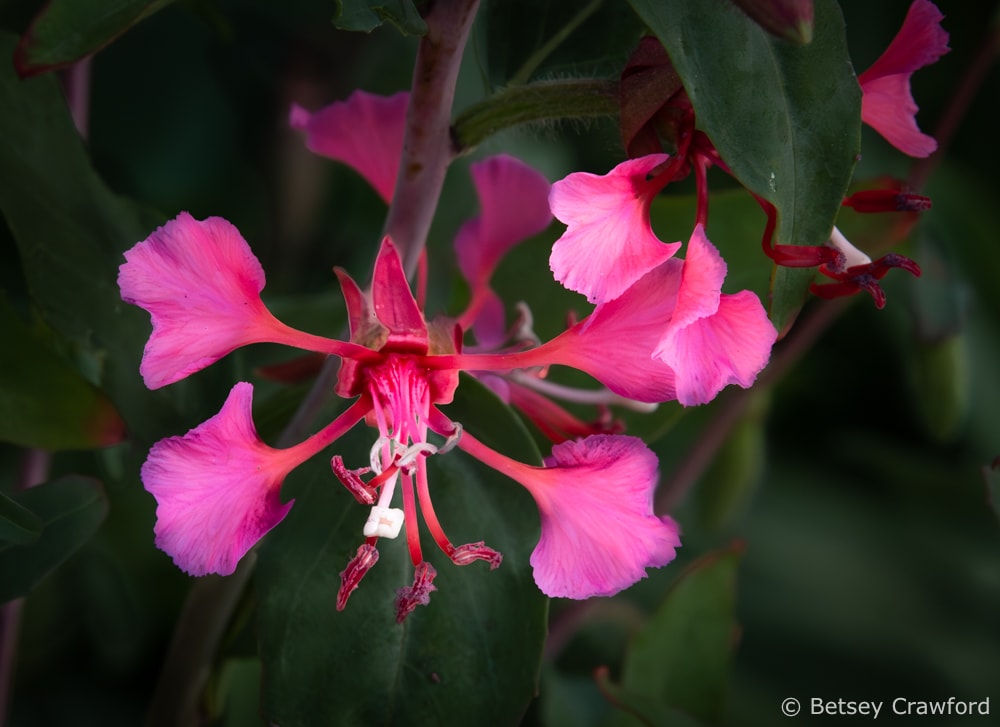
At home, change is only a shovel away. Our gardens, especially if we include signs explaining what we are trying to do, change the story and inspire others. Imagine if entire neighborhoods in town after town were teeming with the native plants that birds and insects need to survive.
That’s the way we quilt habitat together to recreate some of what our fellow beings have lost. As is happening here, communities can move beyond blind allegiance to lawns and support people who are landscaping for life.
Thus, we join the blessed unrest. The quiet work of millions of people around the globe who are advocating for plants, water, air, and wildlife. The challenges are everywhere; the goal is beauty and abundant life. Just like a garden, it’s a patient, step-by-step endeavor.

~ RELATED POSTS ~
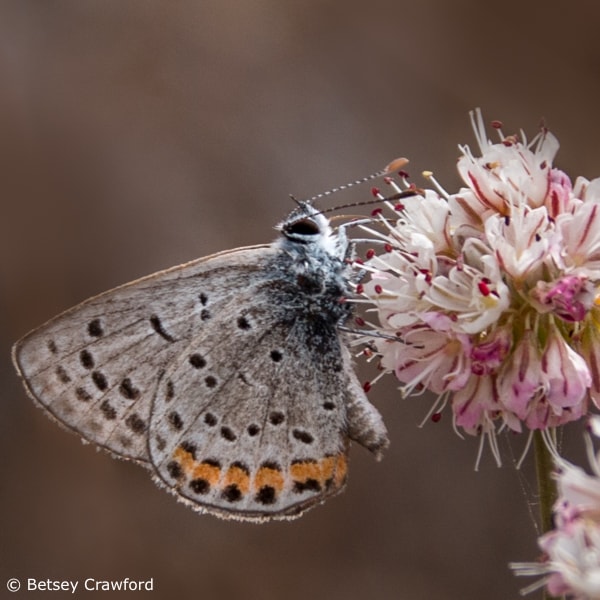
GARDENING TO SAVE HALF THE EARTH
It’s vitally important that we preserve, create, and connect local habitats wherever possible. As gardeners, all we need is a shovel and the right plants to foster biodiversity where we are.
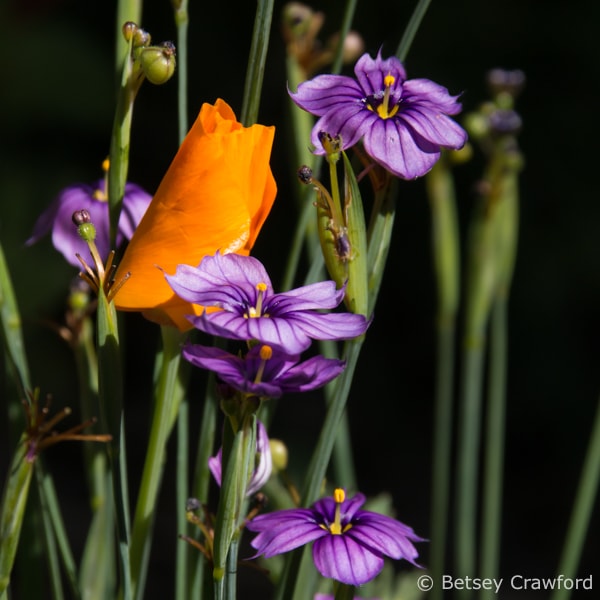
RETAINING PARADISE: GARDENING WITH NATIVE PLANTS
Why, when we can, do we choose to live in places of distinct beauty and then make our part of it look like everywhere else? There are important — and even urgent — reasons to use native plants in our gardens. Including a deeply spiritual one.

NATIVE PLANTS: THE GENIUS OF THEIR PLACE
I often remember the spirit of a place by the plants that I found. They tell me a stories about land, scents, bird song, sighing wind, the feel of the air, the rock and soil under my feet. They hold the history and future of their place.
Hi Betsy your article “Garden as if Life depends on it” is a kick in the pants for this old garden designer. I have been mulling over what i need to do for the rest of my life and promoting native plane is it!! I have also been referred to as the weed lady too and take great pride in showing the native plant garden that i have designed and installed.at our local nature center. I live on the Sunshine Coast in British Columbia and the sustainable ideas that you write about are universal. The native plants are slightly different.
I have subscribed to your posts to help keep me motivated.
Thank you
Thank you, Diane. So glad you were further inspired. Onward! British Columbia is heavenly.
Betsey, Your articles and photography are such an inspiration! You speak my sentiments exactly – both from the experiences I still encounter with many of my design clients. And our deeply ingrained love of native plants, native habitat and all things nature! I’ll always remember the first honeybee swarm I’d ever seen attached to a beautiful Fig tree at the Joanna Macy workshop where we first met many years ago!
So nice to hear from you, Susan, and to share these sentiments with you. I just reread our bee-keeping adventure as I included the bee essay in the newsletter. So much fun!